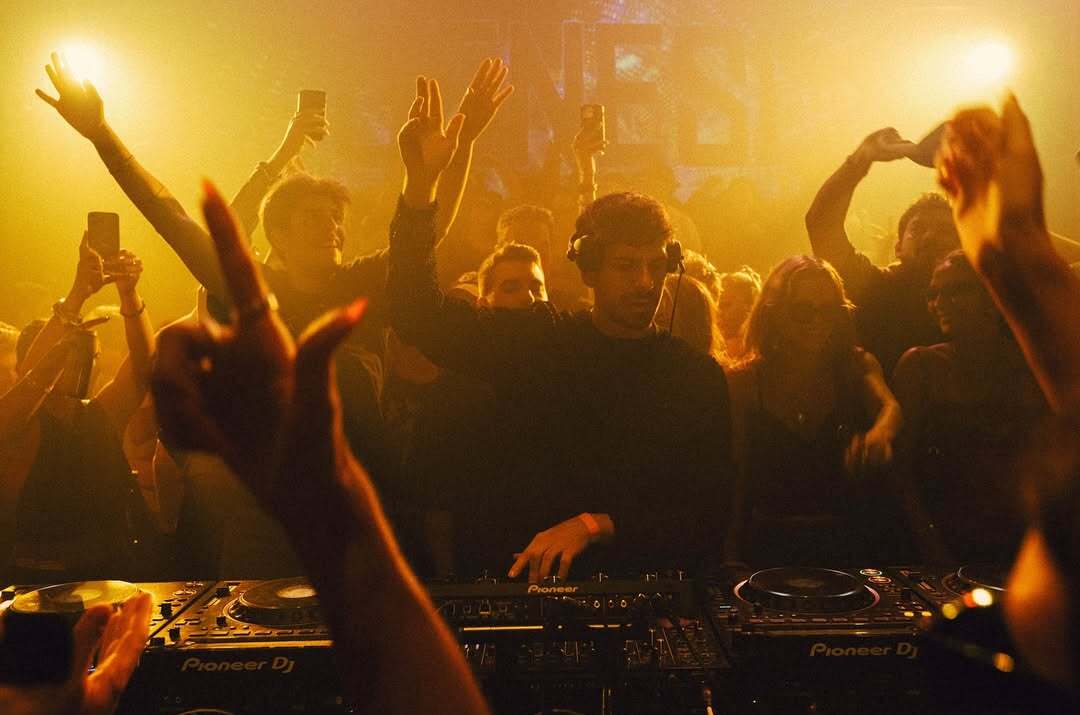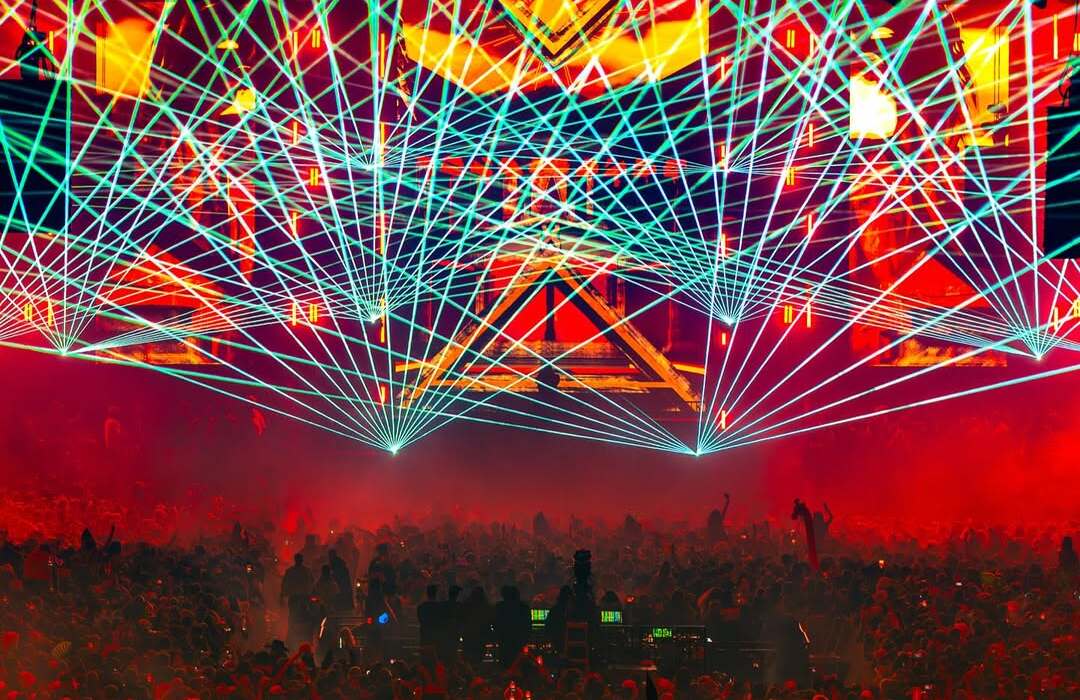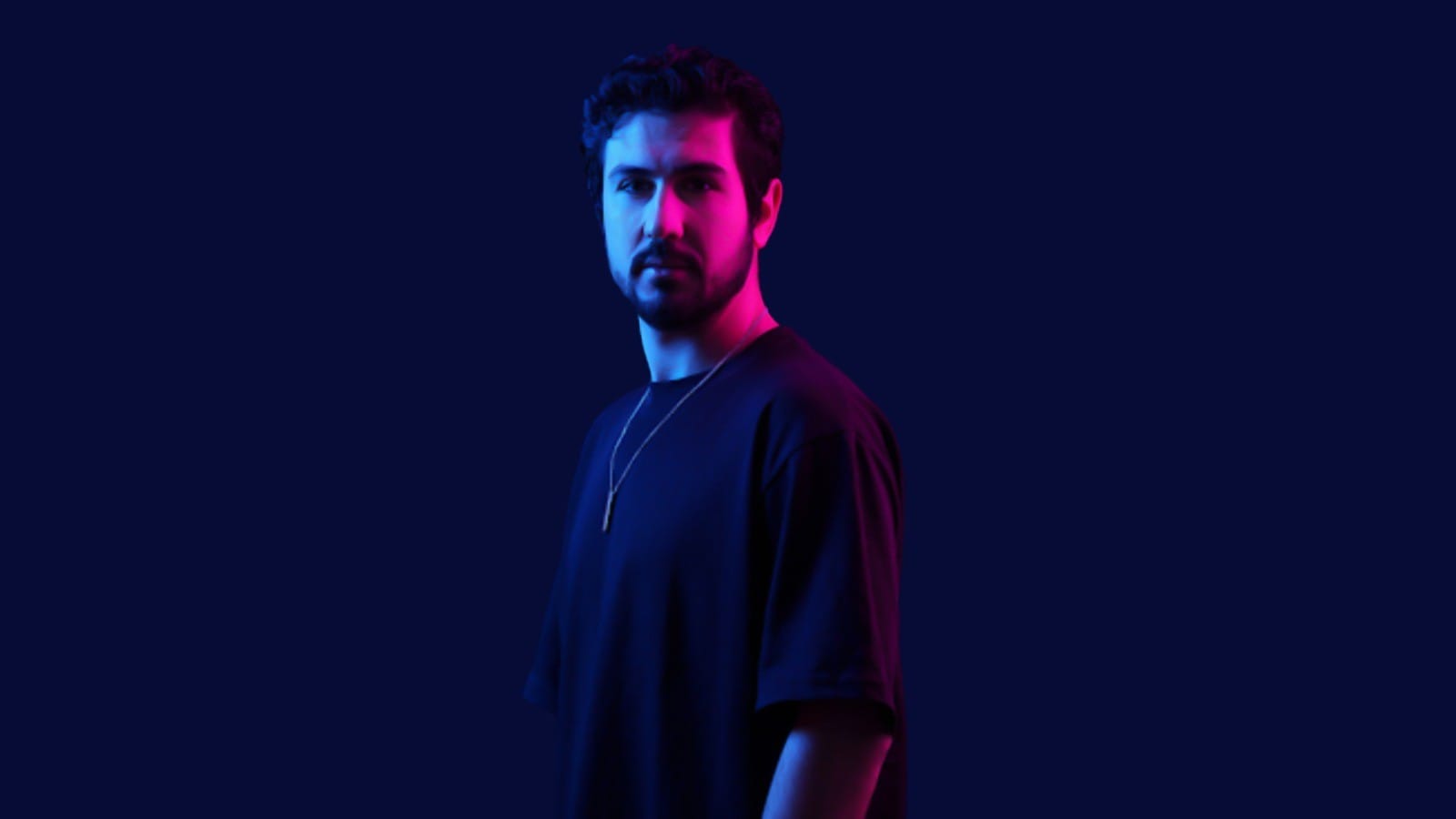Superheroes will always be a popular topic in anime and manga. Still, not all of them reach the same level of break-out popularity as shows like My Hero Academia has done with American fans. Tiger & Bunny is a series with similar qualities and ideas, but why did it never quite reach the heights it could have?
Tiger & Bunny, which has recently had a second season announced, had a 25-episode run in 2011 and two follow-up movies released in 2012 and 2014. The series takes place in a world of superheroes, who are known as NEXT, and follows veteran hero Kotetsu Kaburagi/Wild Tiger and the young rookie Barnaby Brooks Jr./Bunny. Heroes and their actions are broadcast live on "Hero TV," a television program that awards points based on their activities. Kotetsu, who is past his prime, struggles to gain the popularity Barnaby so quickly garners even though the two share the same ability, "Hundred Power."
My Hero Academia, on the other hand, is set in a world where most of the world's population possesses superhuman abilities, called "Quirks," and follows Izuku Midoriya/Deku, a young wannabe hero born without a Quirk. However, after a chance encounter with All-Might, Izuku's idol, he earns himself a chance to become a hero and receives All Might's Quirk, "One for All." Izuku and Kotetsu have similar powers, but you could point to their difference in age as a deterring factor for potential fans, as well as marketability. My Hero Academia's younger cast offers more of a coming-of-age tale, while Tiger & Bunny's veteran protagonist provides a different perspective on aging hero life and what that means.
While media and popularity play a role in both worlds', Tiger & Bunny takes it to another level. Heroes can be hired by different companies that, in turn, bring various sponsors on board. Their sponsorships are plastered all over the character's hero costumes, like billboards, so seeing Bandai, SoftBank or Pepsi on them could have been another deterrent for would-be fans. Though it isn't necessarily a turn-off for everyone interested in checking out the series, it does make the heroes feel more like real-world sports stars at times.
My Hero Academia's take on this kind of commercialism is less present, with the heroes still working for companies -- known as agencies -- and earning money for their work but without the use of real-world corporations and a points-based system. Without the distractions of sponsorships shoehorned onto the costumes, the heroes of My Hero Academia could be seen as having a bit of a leg-up in character design as well. Its sprawling cast of uniquely designed characters offers fans a lot to gravitate towards aesthetically. Now, that's not to say Tiger & Bunny is without appealing styles or distinctive characteristics but in regards to numbers alone, it's a tick in My Hero Academia's favor.
Could the difference in popularity be down to something completely removed from the content itself? My Hero Academia hit during the era of streaming while Tiger & Bunny's 2011 release may have been too early. Additionally, with anime and manga continuing to grow in popularity and even being referenced more prevalently by various musical artists, especially those in the hip-hop community, the right timing could be another contributing factor in success.
Regardless of their differences, both My Hero Academia and Tiger & Bunny have compelling characters and stories that resonate with a lot of fans. With its upcoming season set to release in 2022, Tiger & Bunny could yet hit the mainstream and reach an untapped well of fans who missed out the first time around. Ultimately, if you're a fan of superheroes or shonen anime, and you've seen neither, or just one of these series, you may find something that piques your interest.


